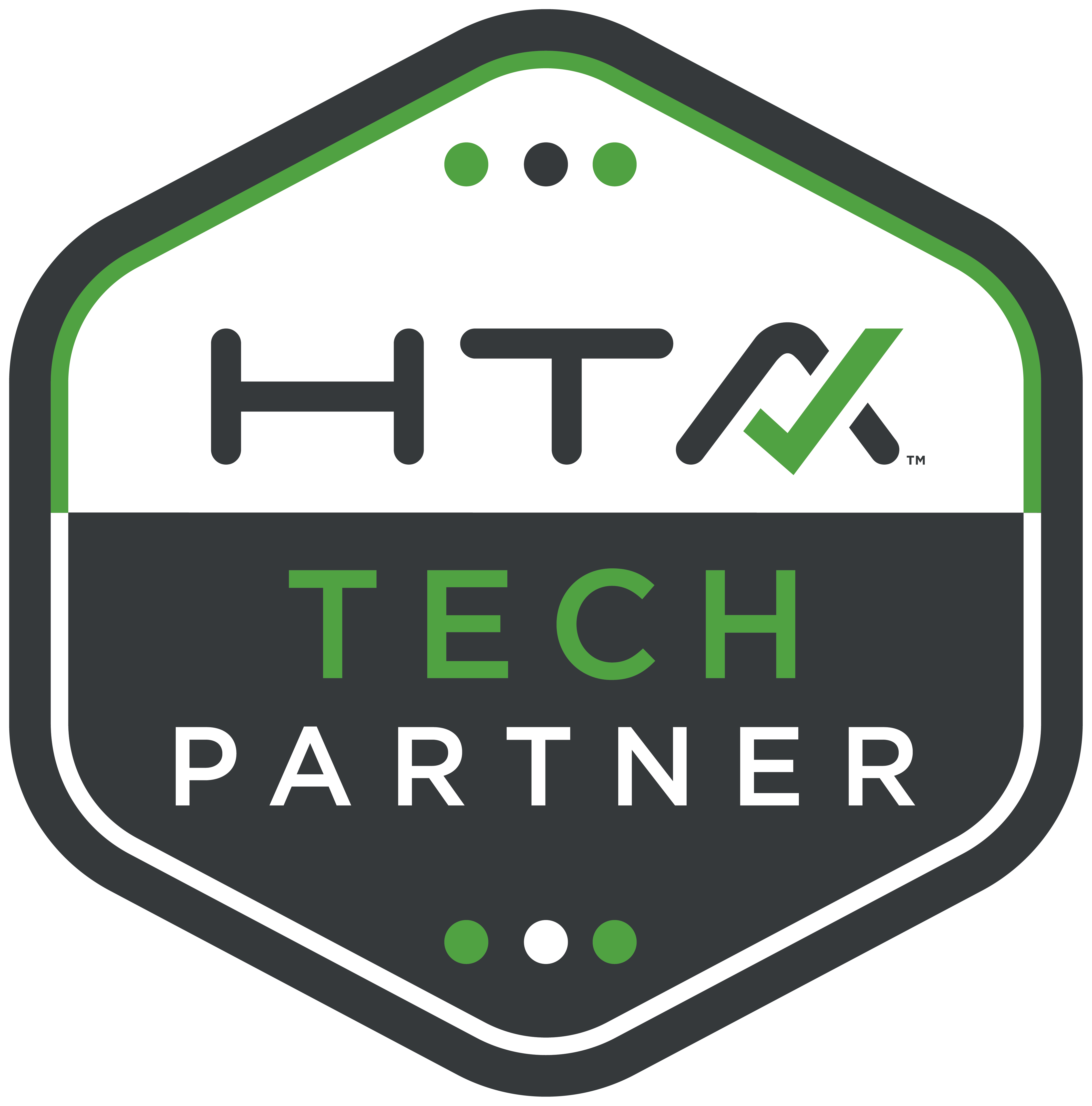This page is for custom home builders and luxury remodeling professionals. It explains how you can become an HTA Technology Partner at no cost and why this designation benefits you and your clients.
Modern construction and remodeling projects have reached a turning point. We are all more reliant on technology than ever before. So are your clients. Low-voltage technologies such as Wi-Fi, smart home controls, lighting controls, motorized shading, A/V, energy management, security systems, and more are expected. No matter how “low tech” the clients are or how large a home is, the only question is how much technology is needed. Yet, the home’s technology needs are often not accounted for early enough in the builder’s workflow.
 As such, the Home Technology Association (HTA) urges builders and remodeling contractors to proactively plan for their clients’ technology systems before getting framing, electrical, and HVAC bids. The benefit to you and your clients is that early technology planning minimizes or eliminates costly change orders that will disrupt the project’s completion time. If you agree, we created a designation you can use to demonstrate that you proactively plan for your clients’ tech needs. The designation is called ‘HTA Technology Partner’, which you can opt into at the button below.
As such, the Home Technology Association (HTA) urges builders and remodeling contractors to proactively plan for their clients’ technology systems before getting framing, electrical, and HVAC bids. The benefit to you and your clients is that early technology planning minimizes or eliminates costly change orders that will disrupt the project’s completion time. If you agree, we created a designation you can use to demonstrate that you proactively plan for your clients’ tech needs. The designation is called ‘HTA Technology Partner’, which you can opt into at the button below.
To enhance technology offerings as a service, custom home builders and remodelers can obtain a designation as an HTA Technology Partner with these simple guidelines:
HTA Technology Partner Guidelines:
1 – Early Engagement
Involve a qualified integrator and have them define the project’s technology needs before obtaining framing, electrical, and HVAC bids. The Project Technology Assessment form is designed to be shared with your client early to get started. Your technology integrator can then supply the vital planning documentation*. Find the most qualified technology integrators here**.
2 – Client Meetings
The home’s electronic systems define the user-friendliness, safety, and entertainment aspects of a home. Decisions are highly personal to each client. Therefore, for a technology integrator to make appropriate recommendations, it is vital that they meet with the clients directly and not work through an intermediary.
3 - Transparent Fees
If the integrator is paying fees to your firm, the client should be informed. See item #11 on this page to see how architects, interior designers, and building designers may be compensated for bringing a technology integrator to your project.
If you agree with these guidelines, click the button below to opt in. You will then be given the official HTA Technology Partner logo, which is designed to be linked to this page to show prospective clients that you are proactive with their technology needs.
* These design and engineering drawings can specify speaker locations, TV locations, the wiring head-end, equipment locations, lighting & shading wiring panels, wall controls (keypads, touchscreens, etc.), surveillance / doorbell cameras, access controls, motorized shading locations, lighting fixture locations, Wi-Fi heat maps, electrical requirements, heat calculations the HVAC designer needs, framing requirements, shade pocket requirements, and more.
** The HTA’s integrator finder tool will help you find vetted integrators that meet the stringent standard of excellence defined here. These best-in-class integrators are designated as HTA Certified integrators. Additionally, HTA Certifed integrators that have the 'HTA Design Partner' designation agree to abide by a code of conduct that makes them ideal technology partners for architects and designers. Learn how the HTA Designer Partner code of conduct serves you and your clients here. If there is not a certified integrator near you, notify the HTA here and they will research who are the most reputable integrators in your area.
Yes, my company would like to have the 'HTA Technology Partner' designation


















